Want a stronger chest? Pectoral cable exercises can help you. These exercises target various parts of the chest efficiently. This article lists the most effective pectoral cable exercises to add to your workout routine for better results.
Key Takeaways
-
Understanding the anatomy of the pectoral muscles, including the differences between the pectoralis major and minor, is essential for targeting specific areas during chest workouts.
-
Incorporating a variety of cable exercises, such as the cable chest press, flat cable chest fly, and cable crossover, can enhance muscle engagement and promote balanced chest development.
-
Using cable machines offers benefits like constant tension, safety, and versatility in angles, making them an excellent choice for maximizing chest workouts.
Understanding the Chest Muscles
Understanding the anatomy of the chest muscles and how they function is crucial before exploring the best cable chest exercises. The chest muscles, also known as the pectoral muscles, play a significant role in various upper body movements and are essential for performing effective cable exercises. The major chest muscles include the pectoralis major and pectoralis minor, each contributing to different aspects of chest development.
Familiarity with these muscles’ structure and function helps in targeting specific areas more effectively during workouts. The pectoralis major, for instance, is divided into the clavicular head (upper chest) and the sternocostal head (lower chest), both of which are engaged in different types of chest exercises. Understanding these distinctions will allow you to tailor your workouts to ensure balanced muscle growth.
We will explore the differences between the pectoralis major and minor, the significance of upper chest muscle fibers, and the role of middle and lower chest muscle fibers in creating a well-rounded chest.
Pectoralis Major vs. Pectoralis Minor
The chest muscles are primarily composed of the pectoralis major and pectoralis minor. The pectoralis major is the larger of the two and is the primary muscle worked in exercises like push-ups and bench presses. It has two heads: the clavicular head, which is responsible for upper chest movements, and the sternocostal head, which is crucial for lower chest exercises. This muscle is essential for movements that involve pushing and lifting.
On the other hand, the pectoralis minor stabilizes the shoulder blades and aids in deep breathing. It plays a supporting role in chest exercises and is often engaged during movements that involve shoulder stabilization.
Isolating the pectoralis major can be challenging due to its two origins, but exercises like the lying cable bench press can effectively target both the pectoralis major and minor.
Upper Chest Muscle Fibers
Developing the upper chest is crucial for achieving a powerful and aesthetically pleasing chest. The upper chest muscle fibers, also known as the clavicular heads, originate from the clavicle and run downward and diagonally toward the center of the chest. These fibers assist in flexing and adducting the arm towards the center of the body.
Cable exercises are particularly effective for targeting the upper chest muscle fibers. An incline bench during the cable incline bench press significantly enhances upper chest activation compared to traditional presses. Adjusting the cable machine to a higher angle can further increase the engagement of the upper chest muscles, providing a comprehensive workout for this crucial area.
Middle and Lower Chest Muscle Fibers
The middle chest and lower chest fibers are equally important for a balanced and well-developed chest. The sternal heads of the pectoralis major, also known as the mid-chest, are crucial for horizontal adduction, a key function during classic chest press movements. These fibers run horizontally across the chest and are essential for overall chest thickness and strength.
The lower chest corresponds to the abdominal heads of the pectoralis major and is responsible for horizontal adduction, internal rotation, and depression of the humerus. Exercises like the decline cable fly specifically target the lower chest, addressing common training gaps and providing a unique angle of resistance that is easier on the shoulder joints compared to decline dumbbell flys.
Utilizing cable exercises can enhance muscle engagement and development for these targeted areas of the chest.
Essential Pectoral Cable Exercises
With a solid understanding of chest anatomy, it’s time to dive into the essential pectoral cable exercises that will help you build a powerful chest. These exercises are designed to target different areas of the chest, ensuring balanced development and muscle hypertrophy. Incorporating these exercises into your routine can significantly enhance your chest workouts by providing a dynamic range of motion and continuous tension.
The following subsections will detail five essential cable chest exercises:
-
Cable chest press
-
Flat cable chest fly
-
Low-to-high cable fly
-
High-to-low cable fly
-
Cable crossover
Each exercise has its unique benefits and targets specific parts of the chest, making them indispensable for a comprehensive cable chest workout. By including these exercises, you can ensure that both the upper and lower chest muscles are effectively worked during your workouts.
Cable Chest Press
The cable chest press is a fundamental exercise that primarily targets the pectoral muscles, triceps, and anterior deltoids, helping in building strength and muscle mass. To perform the cable chest press effectively, keep a stable core, maintain proper alignment, and select a weight that allows you to complete 3 to 5 sets of 6 to 10 repetitions. This exercise offers the benefit of safety due to controlled tension, making it a great alternative to free weights.
Incorporating unilateral variations of the cable chest press can help correct muscle imbalances and enhance overall strength and shape. Additionally, variations such as the cable narrow press can emphasize triceps involvement, providing a comprehensive workout for the upper body.
Flat Cable Chest Fly
The flat cable chest fly is an isolation movement designed to target the development of the pectoral muscles. Maintaining a full range of motion during the flat cable chest fly enhances effectiveness and maximizes results. This exercise provides a different challenge to the muscles compared to traditional free weights, promoting muscle hypertrophy and growth.
For optimal results, it is recommended to perform 2 to 4 sets of the flat cable chest fly, focusing on controlled movements to prevent injury and ensure effective muscle engagement.
Low-to-High Cable Fly
The low-to-high cable fly is an excellent exercise for targeting the upper part of the chest. This movement involves a shoulder joint motion that takes the muscle through a complete range of motion and into full contraction, providing a deep and effective workout. The muscles targeted by the low-to-high cable fly include the clavicular head of the pectoralis major, anterior deltoid, and serratus anterior.
Performing 2 to 4 sets of 10 to 15 repetitions with a weight that leaves you 1 to 2 reps short of failure (RPE 8 to 9) is recommended for the low-to-high cable fly, ensuring optimal muscle engagement and growth.
High-to-Low Cable Fly
Unlike the low-to-high cable flys, the high-to-low cable fly starts from a high position to specifically target the lower chest muscles. This exercise is designed to build definition and strength in the lower chest, addressing common training gaps that are often overlooked in traditional chest workouts.
Perform 2 to 4 sets of 10 to 15 repetitions with controlled movements and a full range of motion for maximum effectiveness.
Cable Crossover
The cable crossover is a classic exercise for achieving maximum contraction of the pectoral muscles during workouts. This exercise primarily targets multiple upper body muscles, including the pecs and front deltoids, providing a comprehensive workout for the chest.
For optimal results, perform 2 to 4 sets of 10 to 15 repetitions with a weight intensity that leaves you 1 to 2 reps short of failure (RPE 8 to 9). This will ensure that you are engaging the muscles fully and promoting muscle growth.
Advanced Cable Chest Exercises
Once you’ve mastered the essential pectoral cable exercises, it’s time to take your workouts to the next level with advanced cable chest exercises. These exercises are designed to provide additional challenges and intensify your training, complementing traditional barbells, dumbbells, and bodyweight exercises. Incorporating these advanced movements can help you achieve greater muscle hypertrophy and strength.
The following subsections will detail three advanced cable chest exercises: the single-arm cable crossover, cable incline bench press, and cable straight-arm pullovers. Each exercise targets different aspects of the chest and upper body, providing a comprehensive and challenging workout.
Single-Arm Cable Crossover
The single-arm cable crossover is an advanced exercise that allows for a deeper chest contraction and helps address muscular imbalances. To perform this exercise, start by pulling back slightly, then punch forward and across the body, ensuring a full range of motion and maximum muscle engagement.
This movement not only targets the pectoral muscles but also engages the stabilizer muscles, providing a comprehensive workout for the upper body. For optimal results, aim to complete 2 to 4 sets. Each set should consist of 10 to 15 repetitions.
Cable Incline Bench Press
The cable incline bench press places more emphasis on the upper chest muscles, specifically the pectoralis major. Using an incline bench with the cable machine, this exercise promotes strength and muscle growth by providing a unique angle of resistance compared to traditional presses.
For best results, perform 3 to 5 sets of 6 to 10 repetitions, focusing on controlled movements and proper alignment to maximize muscle engagement and growth.
Cable Straight-Arm Pullovers
Cable straight-arm pullovers are a versatile exercise that targets multiple muscle groups, including the chest, lats, serratus anterior, core, glutes, and triceps. This exercise also improves overhead shoulder mobility, making it a valuable addition to any chest workout.
Incorporating cable straight-arm pullovers into your routine can strengthen the upper body and support shoulder health and flexibility. For optimal results, aim to complete 2 to 4 sets. Each set should consist of 10 to 15 repetitions.
Benefits of Using Cable Machines for Chest Workouts
Cable machines offer numerous benefits for chest workouts, making them an excellent choice for both beginners and advanced lifters. One of the primary advantages is the ability to maintain constant tension on the chest muscles throughout the movement, enhancing muscle activation and growth. Cable machines also provide versatility in angles, allowing you to target specific parts of the chest more effectively.
Additionally, cable machines are safer than free weights, eliminating the need for a spotter and reducing the risk of injury. They offer quick and easy weight adjustments, making them user-friendly for all fitness levels.
The following subsections will delve deeper into these benefits.
Constant Tension
Cable machines provide constant tension on the chest muscles throughout the movement, ensuring continuous engagement of the targeted muscles. This consistent resistance enhances muscle activation and improves the overall effectiveness of your workouts.
Focusing on the targeted muscle and performing exercises in a controlled manner can significantly enhance activation and promote muscle growth. This makes cable exercises an excellent choice for those looking to maximize their chest development.
Versatility in Angles
One of the standout benefits of cable machines is their versatility in angles. The ability to adjust handle height enables you to train your chest from multiple angles, promoting comprehensive muscle growth. By adjusting the height of the cable, you can target specific areas of the pectorals, enhancing overall muscle hypertrophy by varying the angles of resistance.
In addition to adjusting height, users can quickly switch exercises by changing the cable attachment and the height of the pulley, allowing for a versatile workout routine. This versatility not only keeps your workouts fresh and engaging but also ensures that you are effectively working all parts of your chest for balanced development.
Safety and Adjustability
Safety is a significant advantage of using cable machines for chest workouts. Cable exercises are considered safer than free weights, providing a lower risk of injury, which makes them suitable for beginners and those with limited mobility. Using cable machines eliminates the need for a spotter, further enhancing safety during workouts.
Additionally, cable machines offer quick and easy weight adjustments, making them user-friendly for all fitness levels. Changing body positions on a cable machine can completely alter an exercise, allowing for different muscle targeting. This adjustability ensures that you can customize your workouts to meet your specific fitness goals and needs.
Tips for Maximizing Your Cable Chest Workout

Following key tips can enhance your performance and results in cable chest workouts. Applying stress to different muscle parts using various angles in cable workouts optimizes muscle growth. Progressive overload and workout intensity are key to achieving desired results in chest workouts.
Specific tips on using controlled movements, ensuring a full range of motion, and enhancing the mind-muscle connection will be provided. These strategies will help you maximize the effectiveness of your cable chest exercises and promote muscle growth and development.
Use Controlled Movements
Maintaining a steady pace during exercises helps to prevent injury and promotes better muscle engagement. Controlled movements are essential for maximizing effectiveness in cable exercises. Slow, controlled movements reduce the risk of injury while ensuring that you are engaging the targeted muscles fully.
Incorporating controlled movements can lead to more effective muscle activation and growth, making your workouts more productive and safer. Focus on moving in a controlled manner and avoid using momentum to lift the weights.
Ensure Full Range of Motion
Performing exercises through their full range of motion is crucial for optimal results in chest workouts. The flat cable chest fly, for example, emphasizes muscle hypertrophy and maintaining a full range of motion, which maximizes pectoral development.
Utilizing the single-arm cable crossover can address muscular imbalances and enhance the range of motion for better results. By ensuring a full range of motion, you can engage multiple muscle fibers and promote comprehensive muscle growth.
Mind-Muscle Connection
The mind-muscle connection is essential for targeting specific muscles during workouts, significantly affecting the effectiveness of pectoral exercises. By improving the mind-muscle connection, you are more likely to experience enhanced muscle growth and activation during each exercise.
Focusing on the mind-muscle connection while performing cable exercises can help ensure that the targeted pectoral muscles are fully engaged and working throughout the movements. Strategies to enhance this connection include visualizing the muscle working, slowing down movements, and concentrating on the contraction and stretch during exercises.
Summary
In summary, cable chest exercises offer a versatile and effective way to build a powerful chest. By understanding the anatomy of the chest muscles and incorporating a variety of cable exercises, you can target specific areas of the chest for balanced development and muscle hypertrophy. The benefits of using cable machines, such as constant tension, versatility in angles, and enhanced safety, make them an excellent choice for both beginners and advanced lifters.
Remember to maximize your cable chest workouts by using controlled movements, ensuring a full range of motion, and focusing on the mind-muscle connection. By following these tips and incorporating the exercises discussed, you’ll be well on your way to achieving a strong and well-defined chest. Keep pushing, stay consistent, and enjoy the gains!
Frequently Asked Questions
What are the benefits of cable chest exercises compared to free weights?
Cable chest exercises provide constant tension and versatile angles, improving muscle engagement and safety compared to free weights. They’re a great option for anyone looking to enhance their workout routine!
How often should I include cable chest exercises in my workout routine?
To maximize your results, try to include at least one cable chest exercise for both the upper and lower chest in your workout routine each week. This simple adjustment can really enhance your chest development!
What is the best way to target the upper chest using cable exercises?
To really target your upper chest, try using an incline bench with a cable incline bench press. This move directly engages those upper chest muscle fibers for a solid workout.
How can I maximize muscle growth with cable chest exercises?
To really maximize muscle growth with cable chest exercises, prioritize controlled movements and use a full range of motion while focusing on that mind-muscle connection. This approach helps to boost muscle activation effectively!
Are cable exercises safer than free weights?
Absolutely, cable exercises are generally safer than free weights since they reduce the risk of injury and don’t require a spotter. So, if safety is your priority, cables are a great choice!

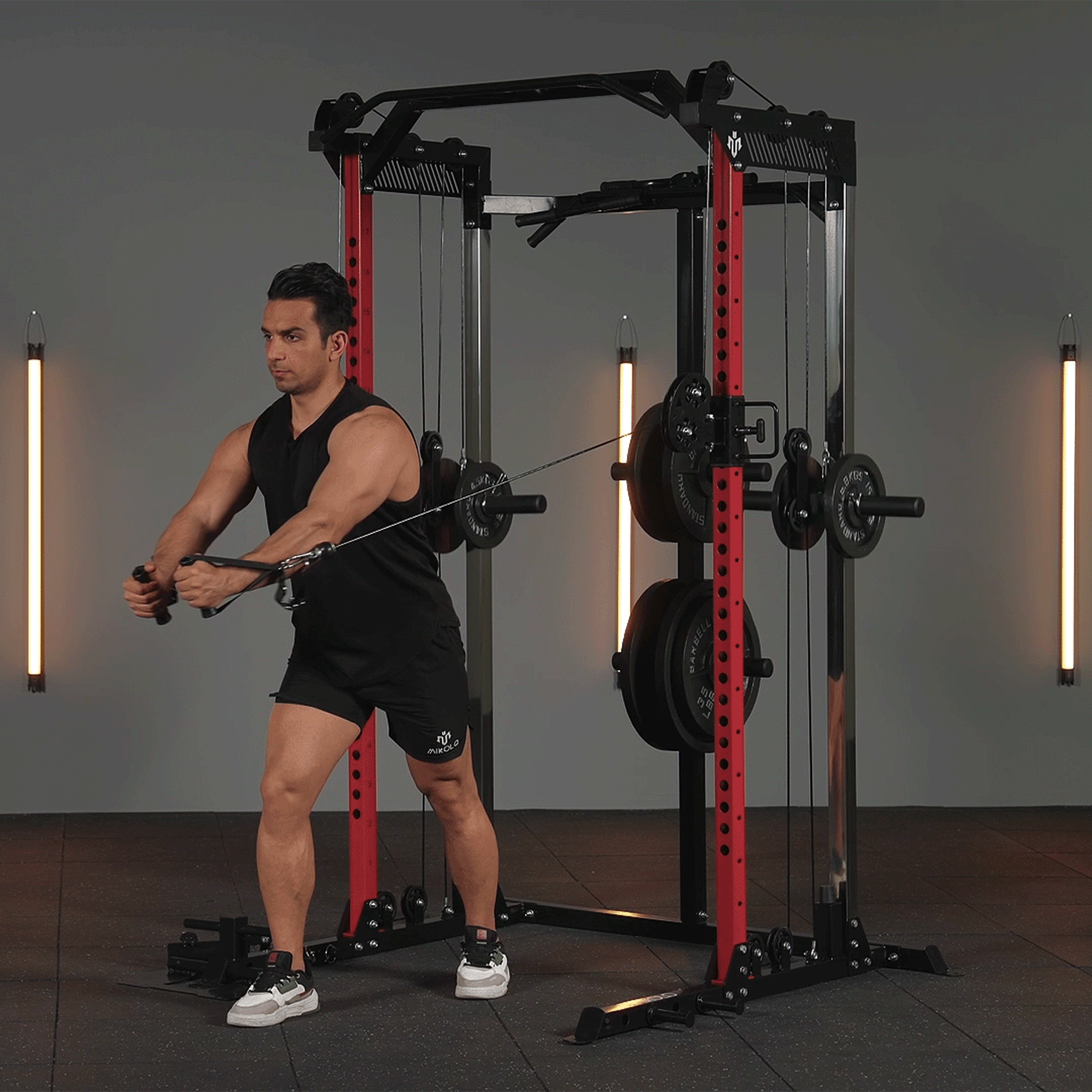









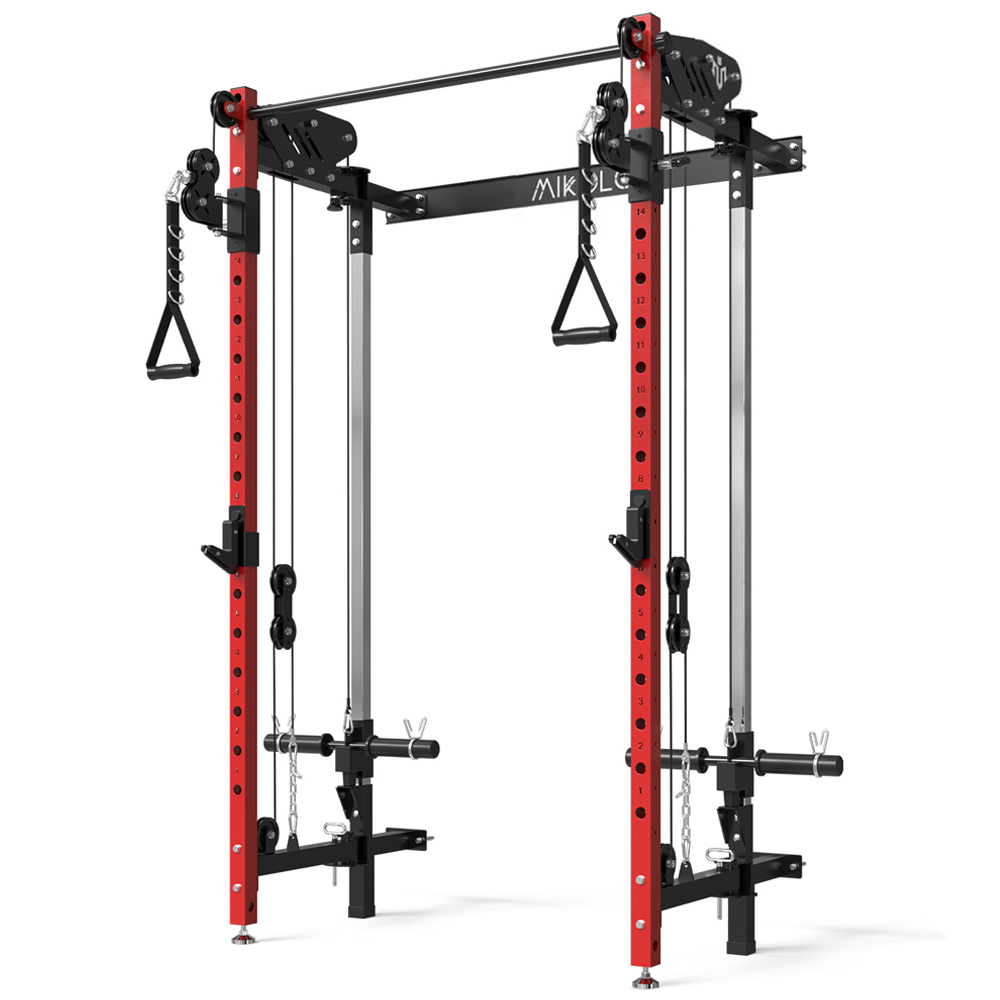
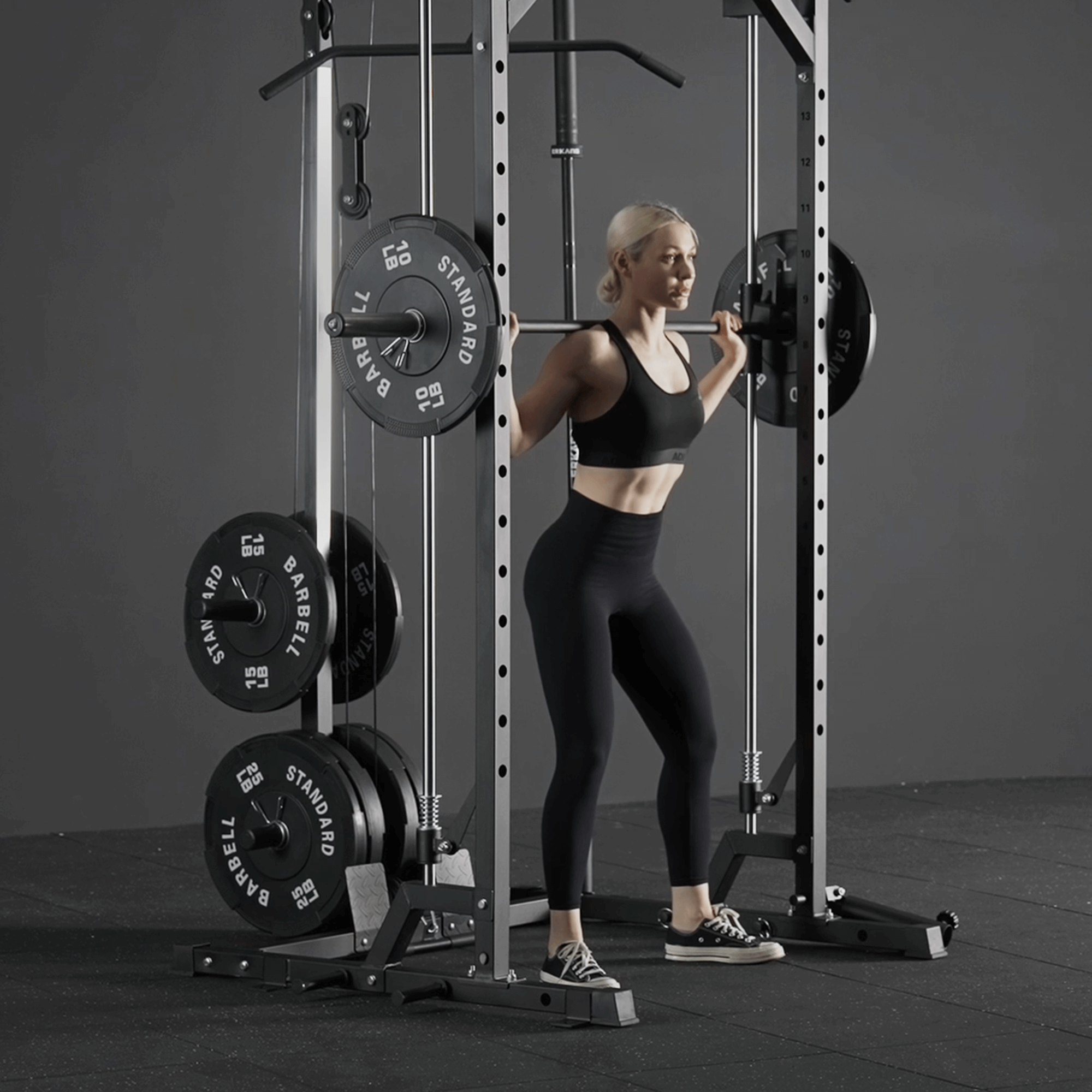





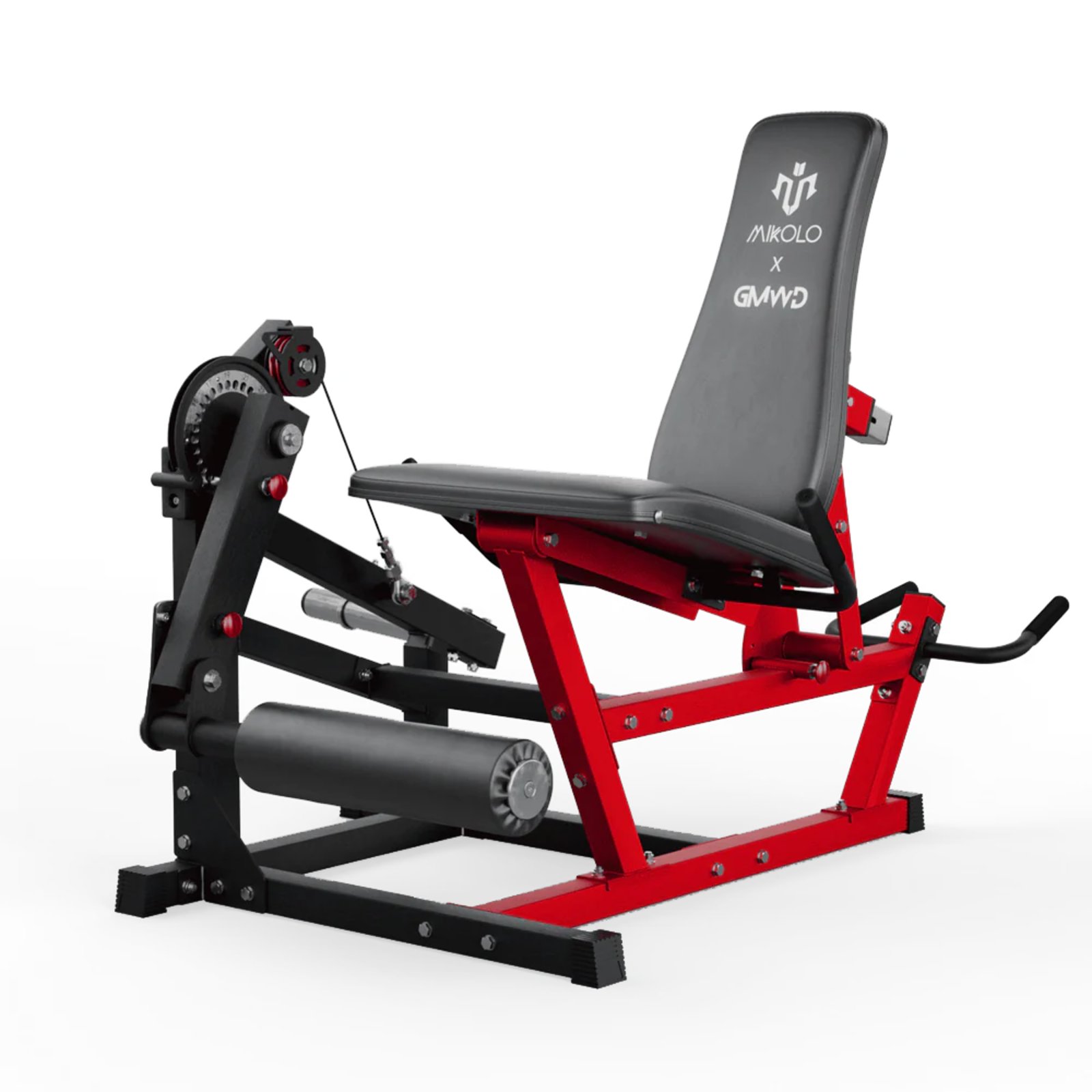
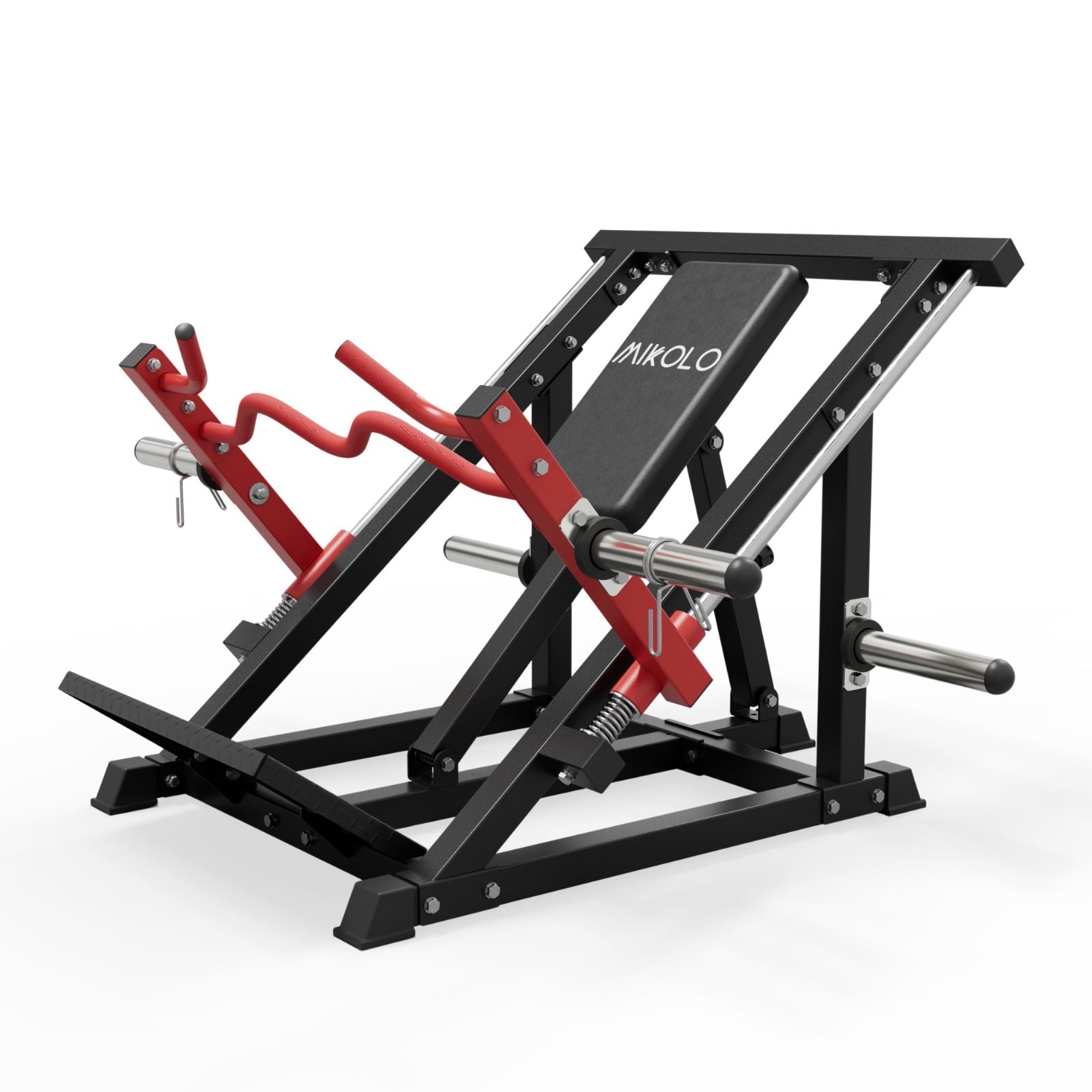

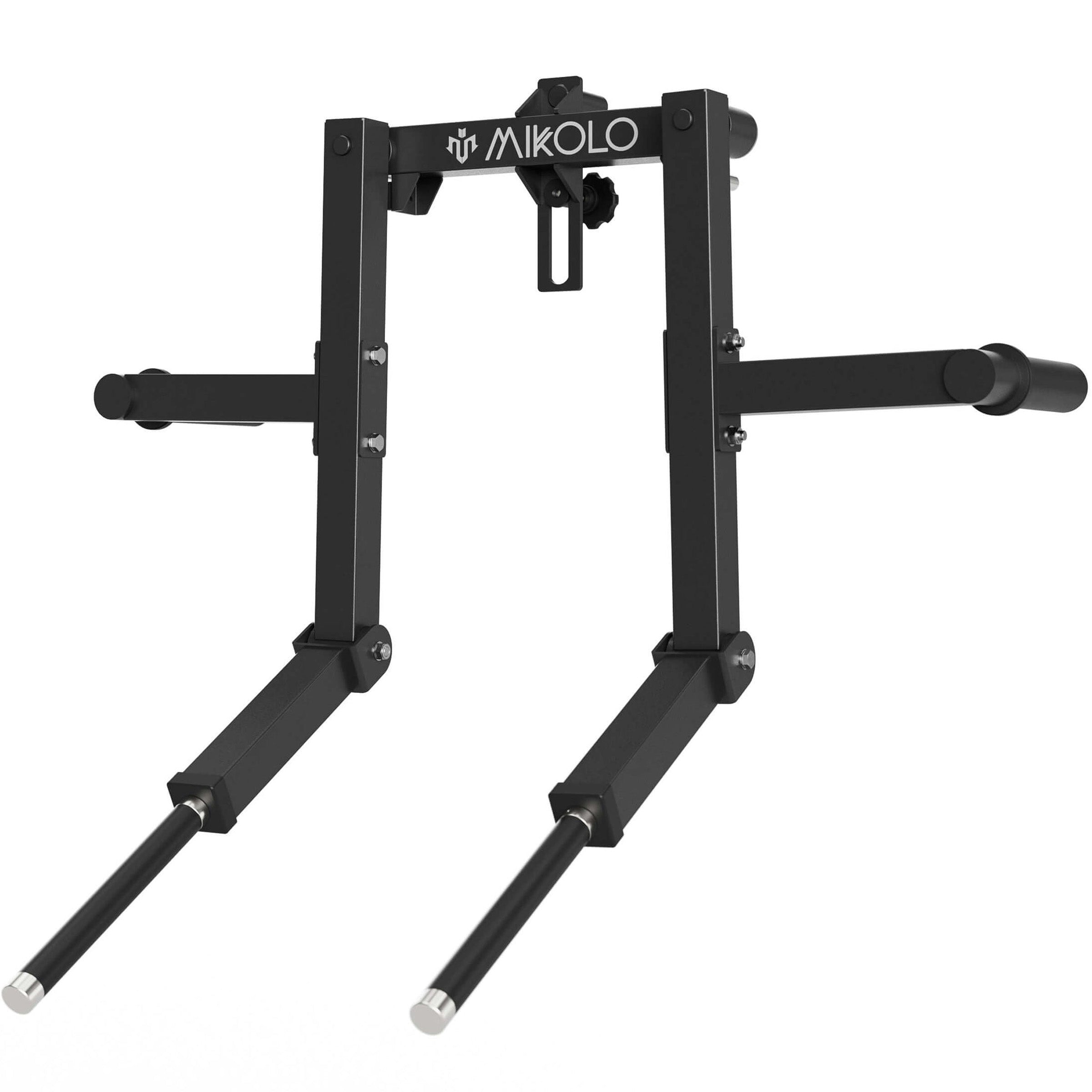
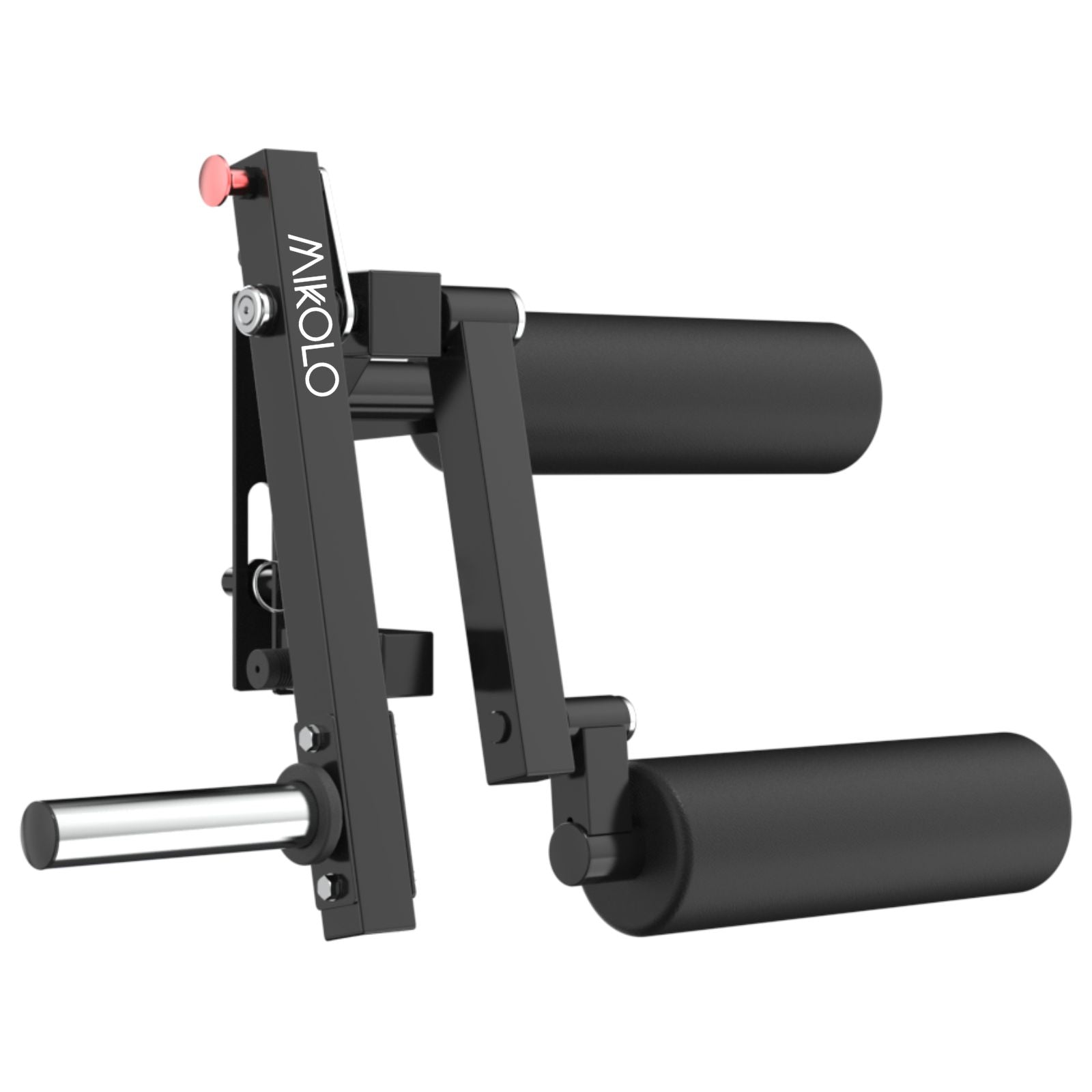



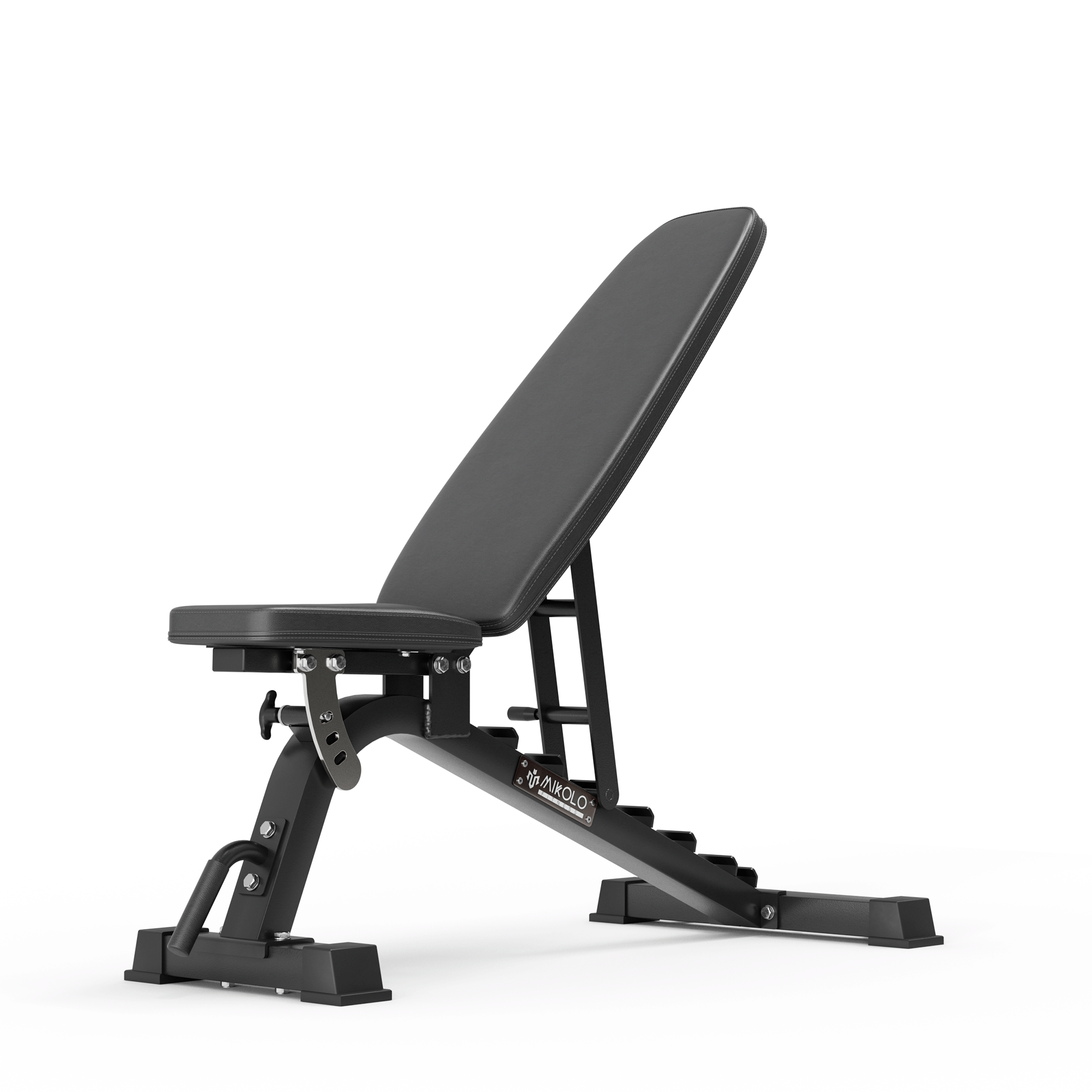











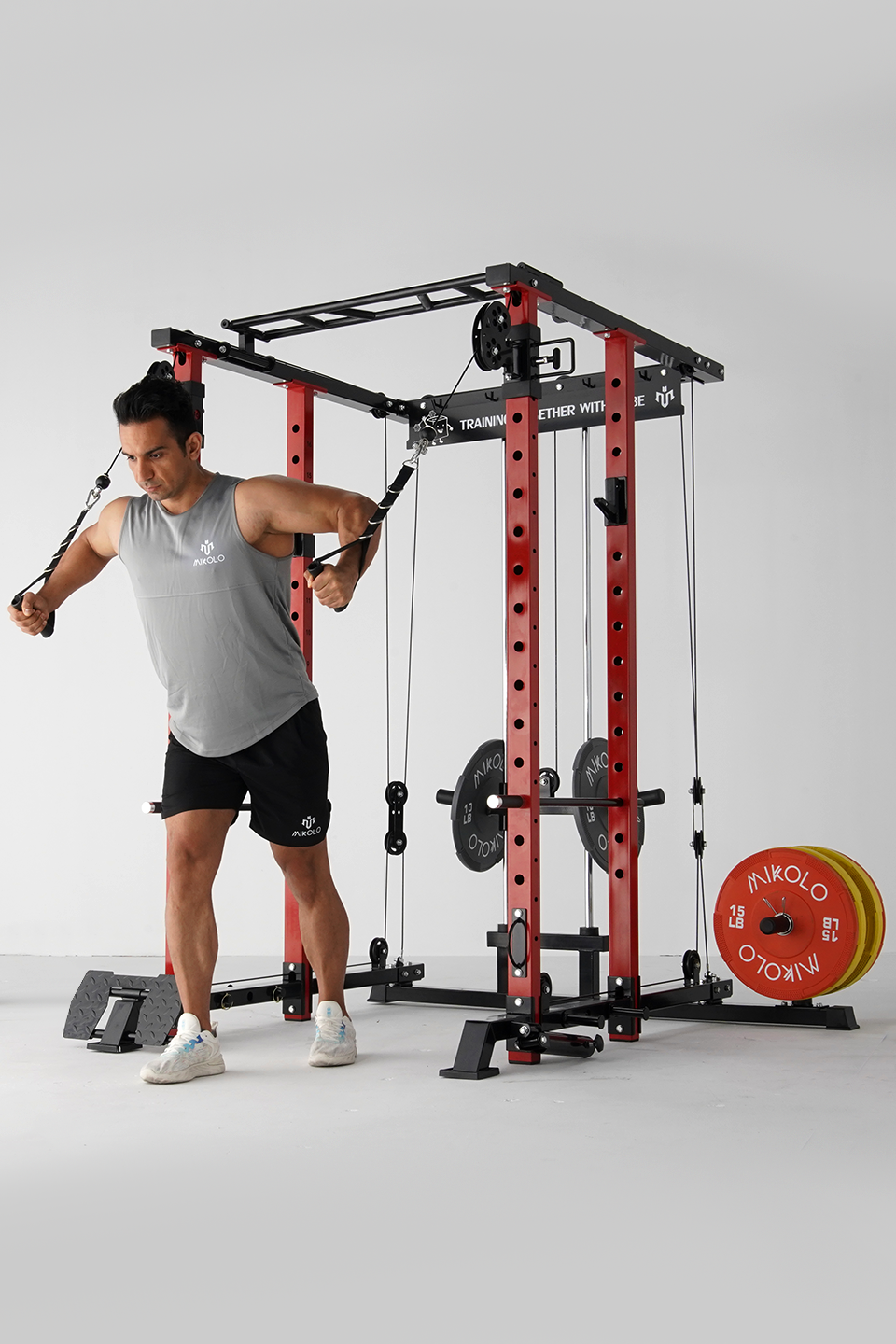



Leave a comment
This site is protected by hCaptcha and the hCaptcha Privacy Policy and Terms of Service apply.